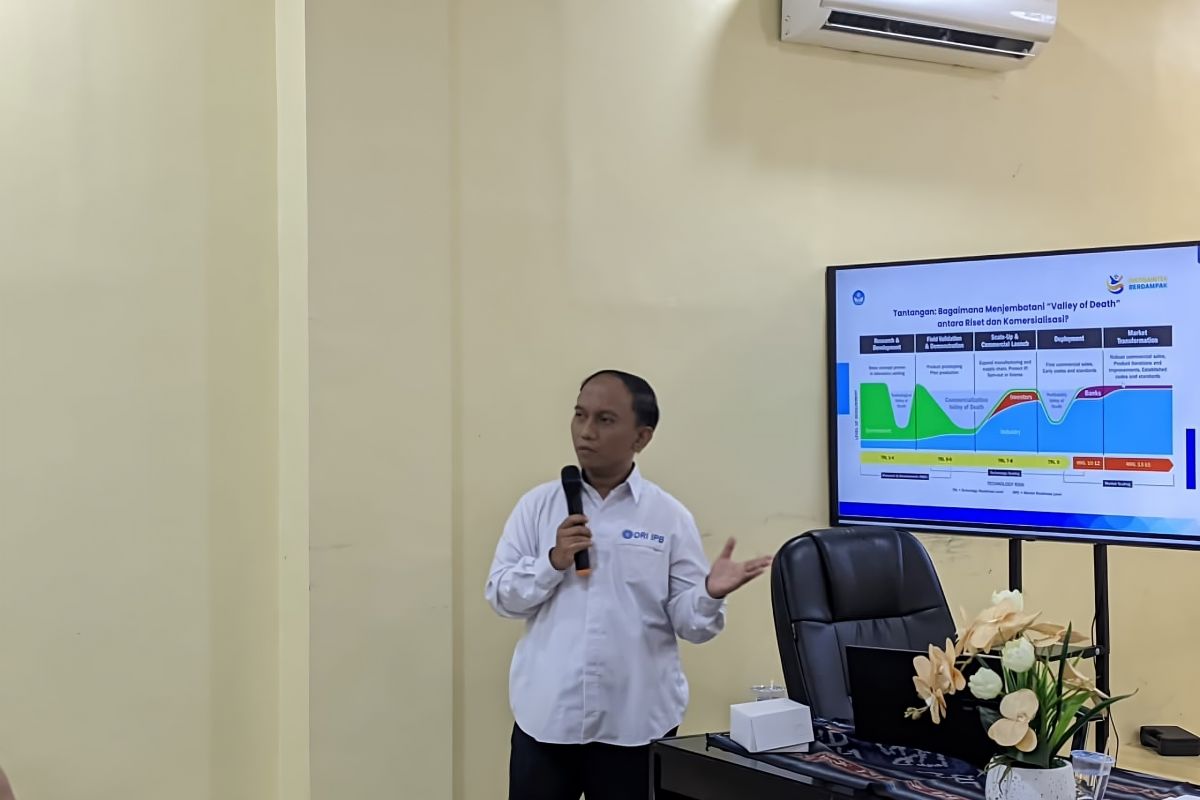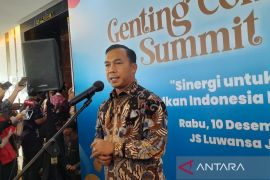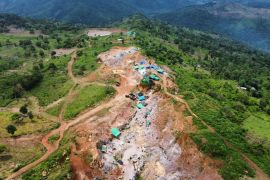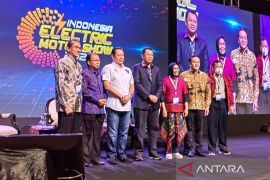“Using tidal power as a source of electricity is a safe and environmentally friendly energy alternative,” Farobie said in Mataram on Thursday.
A tidal power plant harnesses the kinetic energy of tidal or steady ocean currents in straits or deep seas to drive turbines and generate electricity.
According to the 2025–2034 Electricity Supply Business Plan (RUPTL) of the State Electricity Company (PLN), a tidal power project is planned to be developed in Sambelia, East Lombok District, West Nusa Tenggara.
The electricity output will be divided equally, with West Nusa Tenggara (NTB) and East Nusa Tenggara (NTT) each receiving 20 megawatts.
The government aims to strengthen national energy resilience and independence through the development of tidal power plants by harnessing sustainable marine energy sources, while also pursuing Indonesia’s goal of achieving carbon neutrality by 2060 or earlier.
Farobie assessed that the planned development of tidal power plants represents a positive step toward expanding clean energy use in maritime regions, given that tidal power is both safe and environmentally friendly.
“There are various types of power plants, including steam, nuclear, and tidal power. From a safety perspective, tidal power plants are much safer than nuclear power,” he added.
Related news: Indonesia eyes 80 percent energy independence by 2029
Related news: Prabowo optimistic Natuna oil fields boost RI's energy independence
Translator: Sugiharto Purnama/Hidayat, Cindy Frishanti Octavia
Editor: M Razi Rahman
Copyright © ANTARA 2025












